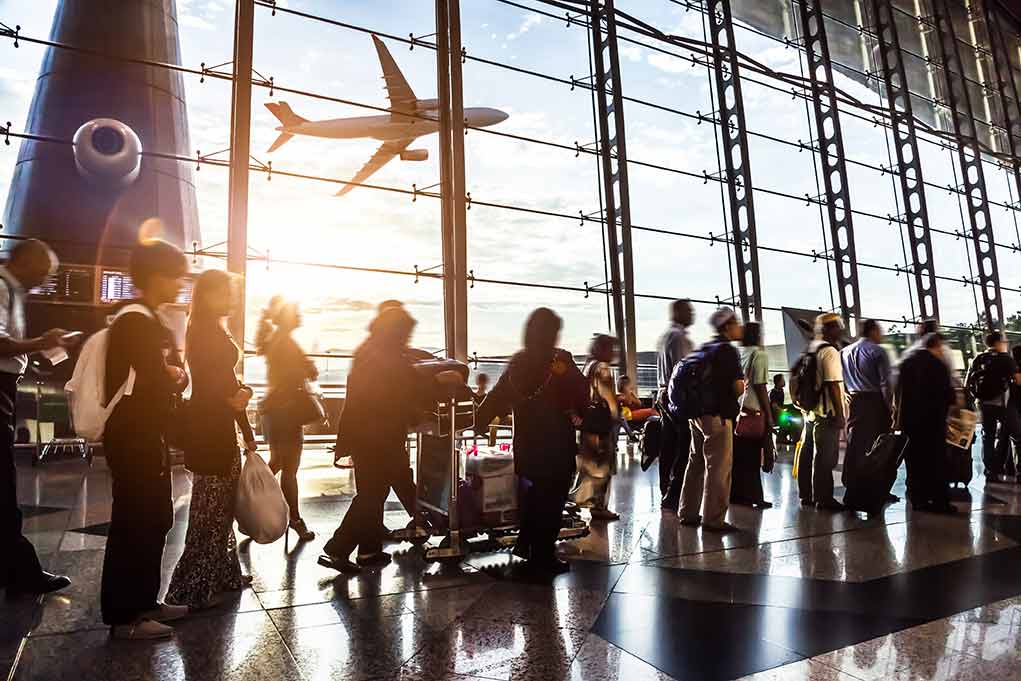
The future of aviation landed at JFK this month, costing just $8 in electricity, 20 times less than a comparable helicopter flight.
Key Takeaways
- Beta Technologies completed the first all-electric passenger flight from East Hampton to JFK, covering 70 nautical miles in just 35 minutes
- The historic flight cost approximately $8 in electricity compared to $160 for a similar helicopter trip
- The aircraft carried CEO Kyle Clark and four passengers, including NYC Economic Development Corporation CEO Andrew Kimball
- Beta Technologies aims to fly commercial passengers by 2026, pending FAA certification, expected next year
- The electric aircraft could potentially reduce climate impact by up to 60% compared to fossil fuel planes
American Aviation Innovation Takes Flight
A Vermont-based startup made aviation history this month when its all-electric aircraft touched down at John F. Kennedy International Airport. Beta Technologies, founded in 2017, completed a groundbreaking 45-minute flight from East Hampton to JFK with four passengers aboard, marking the first time an electric passenger aircraft has landed at one of America’s busiest airports. The milestone flight, piloted by company founder and CEO Kyle Clark, demonstrates that electric aviation is no longer a distant dream but a viable reality that could transform air travel across America and beyond.
“This is a 100% electric airplane that just flew from East Hampton to JFK with passengers on it, which was a first for the New York Port Authority and the New York area. We covered 70 odd nautical miles in 35 minutes,” said Kyle Clark, CEO of Beta Technologies.
The significance of this achievement extends beyond the environmental benefits. The aircraft, which has undergone six years of rigorous development and safety testing, represents a major advancement in making air travel more affordable and accessible. Beta Technologies is the only U.S. company with an advanced air mobility vehicle that has received an FAA market survey certificate, positioning America at the forefront of electric aviation development under President Trump’s administration.
Economic and Environmental Benefits
Perhaps the most striking aspect of this breakthrough flight was its cost. While traditional aviation remains burdened by expensive fuel costs that are passed on to consumers, electric aircraft offer a dramatically different economic model. The 35-minute journey from Long Island to Queens costs approximately $8 in electricity—a fraction of what conventional aircraft would require. This economic advantage could revolutionize regional air travel, making short-hop flights between nearby cities financially viable for more Americans.
“That flight we just took from East Hampton to here was like $8 in electricity,” said Kyle Clark, CEO of Beta Technologies.
The environmental benefits are equally impressive. Electric aircraft produce zero direct emissions during flight, addressing one of the most challenging aspects of transportation pollution. Aviation currently accounts for about 2.5% of global carbon emissions, a figure that has been rising steadily. Beta’s aircraft demonstrates that electric technology can potentially reduce climate impact by up to 60% compared to fossil fuel planes, all while delivering a quieter, more pleasant experience for passengers and communities beneath flight paths.
A historic electric plane just touched down at JFK with passengers onboard, kicking off a new chapter of quiet, affordable, and green air travel in NYC ✈️⚡
Learn more here: https://t.co/1QUcAC1pqA#ElectricFlight #GreenTravel #JFK #SustainableAviation #FutureOfFlight #CyberGuy pic.twitter.com/MMlpV4N3z3
— Kurt Knutsson (@cyberguy) June 22, 2025
Challenges and Path Forward
Despite the impressive achievement, electric aviation still faces significant hurdles. The fundamental challenge remains battery technology, specifically energy density. Current batteries are significantly heavier than jet fuel for the same energy content, which limits range and passenger capacity. Beta Technologies’ aircraft exemplifies how these limitations can be overcome for shorter regional routes, but transcontinental or international flights remain beyond the current technology’s capabilities.
“Flying our electric aircraft into one of the world’s busiest airports, with passengers, proves advanced air mobility is not some future concept, it’s here,” said Kyle Clark, CEO of Beta Technologies.
Infrastructure represents another critical challenge. Airports need to establish charging stations and dedicated areas for electric aircraft operations. The Port Authority of New York and New Jersey, which operates JFK, has positioned itself as a testbed for these future transportation technologies, aligning with its goal to achieve net-zero carbon emissions by 2050. Beta Technologies has wisely anticipated these needs by developing a suite of charging solutions compatible with most air taxi manufacturers, creating an ecosystem that extends beyond their aircraft.
American Leadership in Next-Generation Aviation
With $1 billion in funding from major investors since its founding, Beta Technologies exemplifies American entrepreneurship and technological leadership. The company has created high-skilled manufacturing jobs at its production facility in South Burlington, Vermont, where aircraft are now ready for delivery. Their extensive testing program, including a coast-to-coast journey and European flight campaign, demonstrates that domestic innovation continues to thrive under supportive policies that prioritize American ingenuity and manufacturing.
“Charging this thing up and flying out here cost us about $8 in fuel. Of course, you have to pay for the pilot and the airplane, but, fundamentally, it’s way less expensive,” said Kyle Clark, CEO of Beta Technologies.
The Federal Aviation Administration finalized training and pilot certification rules for electric aircraft in October 2024, marking what they called “the final piece in the puzzle for safely introducing these aircraft in the near term.” This regulatory framework, combined with Beta’s expected FAA certification next year, puts the company on track to fly commercial passengers by 2026. The advancement represents a practical implementation of transportation innovation that focuses on market viability rather than empty environmental promises—delivering real benefits to American travelers while creating a new industry with global export potential.















